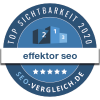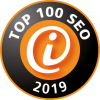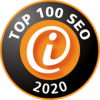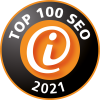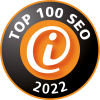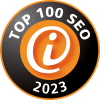WORDPRESS SEO
Having a website created with WordPress is the first step towards establishing your online marketing strategy. A website is a fundamental necessity for all online marketing initiatives and serves as the foundation for competition on the internet. While WordPress is user-friendly, it is advisable to engage a web designer to ensure that content-related errors are avoided, as they may not be immediately apparent.
Even if your website has been up and running for a while and you are wondering why only a few visitors are finding your site, the reason for the low traffic is probably the poor search engine optimization. In other words, the content that Google considers important is missing.
ON-PAGE OPTIMIZATION FOR WORDPRESS
Web agencies, web designers, and SEO specialists usually offer "search engine optimized" websites. These websites are structured in such a way that they enable the application of SEO measures from the outset. WordPress websites are designed to enhance search engine optimization (SEO) from the very start. In other words, Google loves WordPress pages. Unfortunately, this does not mean all the work is done: After the website has been put online, relevant content and adjustments must be made regularly for search engine optimization. For example, Google needs specific blog posts with defined search terms to determine what a website is about. So it is the combination of certain inputs at WordPress and unique texts that ensure that Google recognizes the topic of a website.
SEARCH ENGINE OPTIMIZATION WITH WORDPRESS
WordPress provides a free plugin for search engine optimization that is very useful: Yoast WordPress SEO. This plugin is activated for each page post, blog article, or text of the website and makes it easier to optimize the page for search engines.
SEARCH ENGINE OPTIMIZATION WITH YOAST WORDPRESS SEO PLUGIN
The Yoast WordPress plugin works with a so-called “SEO traffic light”. Basically, a green traffic light means that everything is great. Yellow indicates deficiencies. And red indicates that the text is most likely unsuitable for search engine optimization. But a little warning beforehand: the tool is just a machine that uses an algorithm to determine the color of the traffic light. If the traffic light is green, it does not necessarily mean that the content is flawless. If the traffic light is orange or red, the SEO content may not be the one to blame. This means that you can’t blindly trust the Yoast traffic light system. Thus, the last instance should still be the SEO specialist who checks the texts again before publishing. The Yoast tool promises many advantages, but still does not replace the SEO department of an Internet agency.

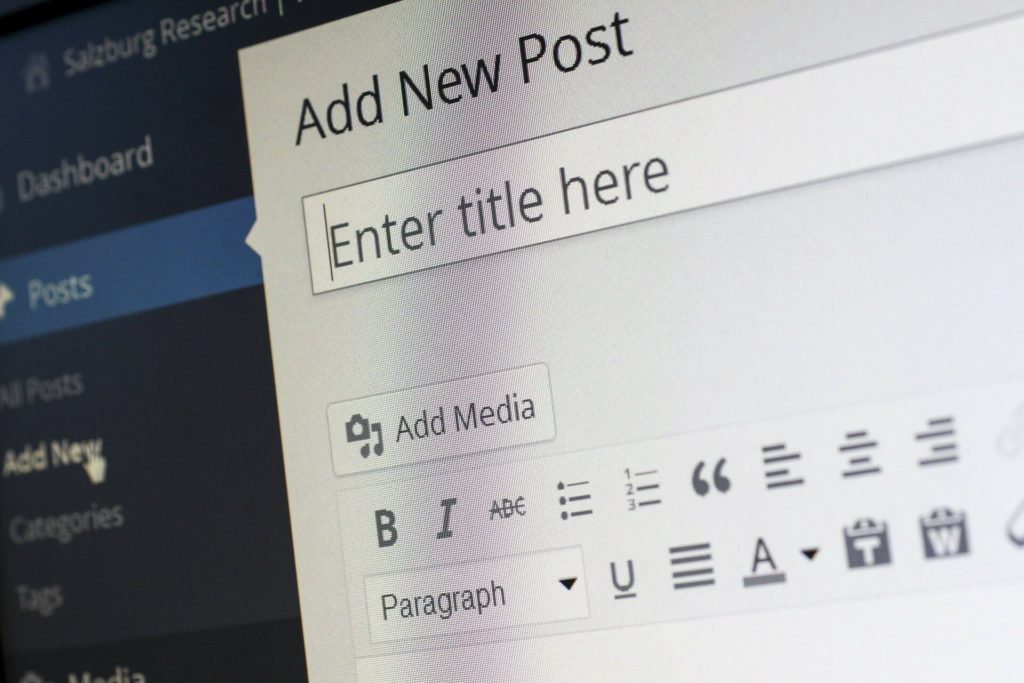
Before creating a website, it’s important to answer three questions: What is the website about? What keywords and phrases are relevant to the topic? And, is there already a page that could use the chosen keywords?
Why use the SEO plugin?
The plugin simplifies the input of HTML tags that are important for Google. Without the Yoast plugin, all HTML elements would have to be entered manually. The “Snippet Preview” shows how the text excerpt will be displayed later on Google.
For some time now, the Yoast plugin automatically creates the titles that are later displayed in the browser tab. These are usually very long or unspecific. Therefore, when creating the website, they can still be customized and changed. The so-called “title tag” is particularly relevant, because Google uses it to identify the main topic of the page. Therefore, the SEO title is the most important element in an on-page optimization. Care should be taken to ensure that the title tag is different for each subpage of the website. The title should consist of a maximum of 55 characters. If it exceeds the 55 characters, it will not be displayed completely.
When a website is created on WordPress, the first line is “Enter title here”. The next line is where the permalink can be created. A permanent link must not contain underscores. Instead, it is recommended to put hyphens between the word parts. When creating a title and permalink, it’s important to use terms that could be potential keywords in the future.
A meta description is what is displayed below the web page in Google search results. It is a short summary of what can be found on your page. Since the meta description is not included in the Google ranking, the meta description should be related to the customer appeal. The customer should be curious about what the website is about and interested in reading further. The short paragraph must describe what a user can expect on a web page, what advantages the page offers, and why it is worth clicking on this web page (“Learn more”). Additionally, it is helpful to put the page’s keyword at the beginning of the description. The meta description must be at most 155 words and should not give too much away to leave intrigue.
The focus keyword is also not SEO-relevant. It only serves as a guide to determine what the focus of the page is – and whether this focus is meaningfully reflected within the title, URL, and meta description. This keyword can be a single word or a combination of words. The focus is to include what potential visitors might Google for. When users type these keywords into Google, they appear in bold in the search results.
This page must be well-maintained and complete, as well as have a consistent NAP and have a detailed description and relevant industry listings. The MyBusiness site should also include information, such as appealing photos and business hours, so that Google can use the content for rankings of local searches.
Nowadays, users especially value high-quality and informative texts. To attract a customer’s attention, the website content should contain meaningful, helpful, or exciting information.This way, both a longer-term interest of the customer is aroused and the time spent visiting the website is extended. Google recognizes whether a user returns directly to the search results after entering the keywords or stays on the website because it has delivered the appropriate content. The keyword or keyword combination should be placed at the beginning of the text. It is also advantageous if different synonyms or variants of the word already appear in the first few lines. Nevertheless, the challenge is writing texts so they both seem meaningful and natural.
In WordPress, every text starts with the main heading (H1). This should usually appear only once on the web page. Further text headings are marked as sub-headlines with “H2”. For both headlines, the respective keyword or keyword combination should occur. Puns may seem amusing or intelligent, but they are disadvantageous for SEO reasons. Google does not understand ambiguities and allusions. Therefore, it is better to title the headlines concretely so that it is clear what the next section is about.
Linking is vital because it can refer to other pages inside and outside the website. This leads to a higher credibility of the website content and a better ranking in Google. In addition, meaningful text should be chosen for the linking, such as “You can find more information about web design on our website.” Unrelevant words like “You can find more info here” are useless and lead to a low text coherence of the page.
When a user searches for a company in a city, the providers related to that city are shown first. The city center carries more weight in this ranking system, so a company located within the city has a better chance of ranking higher than one located outside of it. This is because the latter is automatically at a disadvantage in terms of visibility and ranking factors.
In the media library of WordPress there are two important fields: “Title” and “Alternative text”. If you move the mouse over a graphic, the title is displayed. Providing alternative text for images is crucial for SEO, as it helps the Google crawler understand the image’s content. The alternative text can be a single keyword or a complete sentence.
A link that leads to another website (outbound) is often perceived as tricky or even risky. Website operators fear that they will direct customers to external websites and that their own website will lose ranking as a result. However, the opposite effect actually occurs. By linking to thematically appropriate and relevant websites, the website is not only perceived by customers as helpful and useful, but also classified by Google as relevant to the topic. Google can accurately identify the topics covered on a website and differentiate it from others. Therefore, external links are not harmful to your site and can even improve its ranking.
ConCLUSION
Search engine optimization is a complex field that requires specialist knowledge and expertise.It’s a complex field that involves taking specific measures (the so-called “off-page optimization”). In addition to maintaining website content, creating profiles on social networks is also helpful in increasing the popularity of a website. Depending on the target group, social media can be a valuable tool to reach and convince a large number of customers. So-called link building measures are also profitable. Link building refers to the acquisition of external links (backlinks). If many thematically suitable links lead to the website, it will be classified as relevant in return.
In general, the optimization of a website already takes place when the above steps are taken into account. Nevertheless, search engine optimization is only effective if these adjustments take place regularly. Texts must be constantly improved, and keyword choice research is essential.


